Harri is Learning More as an Engineering Apprentice
After leaving school, Harri Green started a full-time college course. But a few months later he changed to a Mechanical Engineering Apprenticeship at...
We're actively recruiting for a range of roles across sales, engineering, IT and warehouse. Check our careers page to see open positions including apprenticeships.

Whether you’re moving a single piece of equipment or an entire production line, our trusted team of engineers can support every step of your move, from rigging to end-to-end relocation support across the globe.

School leavers are often inundated with options for their future. Should they choose higher education or employment? But there’s a middle ground – apprenticeships.
Apprenticeship schemes give young people the opportunity to develop highly sought-after skills, gain practical experience, and earn money while they learn. And they benefit both individuals and organisations.
As the demand for engineers grows, investing in apprenticeship schemes gives businesses the opportunity to train young people who will then possess the necessary skills to progress within the company.
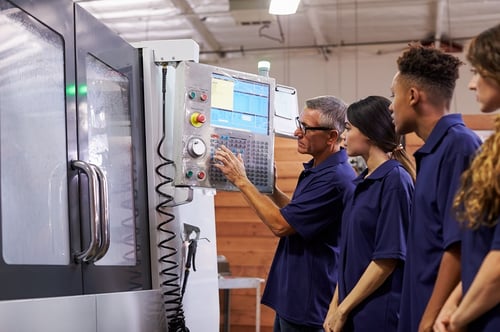
So, let’s take a closer look at apprenticeships. Where and how did they begin, and why are they so vital to the engineering industry today?
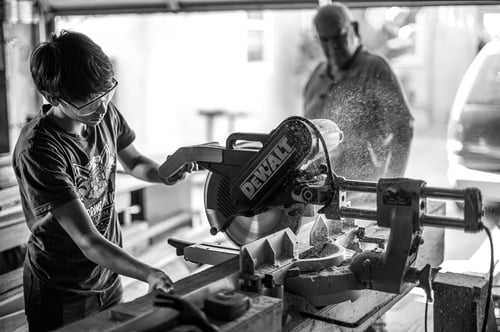
Currently, the shortfall of engineers with the requisite skills is estimated to be at least 83,000, and potentially up to 110,000.
“Apprentices play an absolutely huge part in the engineering industry,” says Barry Tomkins – an experienced engineer who mentors everyone who takes part in an apprenticeship at IES.
“I have some quite strong feelings about it,” he jokes. “I was a time-served apprentice myself.”
Barry points out that while over the last few years there may have been “a reluctance for young people to get involved” in apprenticeships, choosing this route can help young people prepare for the working world without taking the financial hit associated with university. Apprenticeships usually only require two or more GCSE grades (A-C) and cost the individual nothing.
“My apprenticeship taught me all the core engineering requirements that I use all of the time – even today at this point in my career. And even though I’m 61, there’s always something new that I’m learning.”
At IES, we take both electrical and mechanical apprentices on board. We are currently looking after an electrical apprentice, who is very much benefitting from Barry’s mentorship.
“An electrical apprentice needs to tick boxes ranging from completing qualified structural circuit drawings to the other end of the spectrum, which might be a fully tested and finished product,” Barry explains. “Then there’s everything else in between, which might even be finding the right supplier, making sure all the parts are ordered and checking the parts in when they arrive, assembly, testing and providing documentation for said testing.”
You may like: Harri is learning more as an engineering apprentice
A new BEMA – British Engineering and Manufacturing Apprentice – is joining us soon after spending three introductory months at the BEMA college in Yate.
“For a mechanical apprentice the skills they have to learn and prove is completely different,” Barry says.
“We have no capability at IES to manufacture machine components so we send them to the specialist college. I went to take a look around with one of the managers the other day and – I have to say – I was very impressed with the setup and the training programme that they’re running.”
Once they arrive at IES, a mechanical engineering apprentice will get the opportunity to go to a customer site and learn how to move complex machines – potentially to another site in a different part of the country or even elsewhere in the world!
The opportunity for international travel should definitely appeal to young people, says Barry.
“At the end of their apprenticeship they will be offered a role at IES should they wish to take it,” he adds. “Obviously that’s a big plus – a permanent job.”
Ultimately, Barry believes that apprenticeships are the right way to go to learn the practical skills needed for a challenging and fulfilling career in engineering.
“When you turn out of your apprenticeship, the world’s your oyster.”
If you’d like to find out more about our current apprenticeship opportunities, get in touch via careers@ies.co.uk.
Stay up to date with the latest news and resources from our experts.
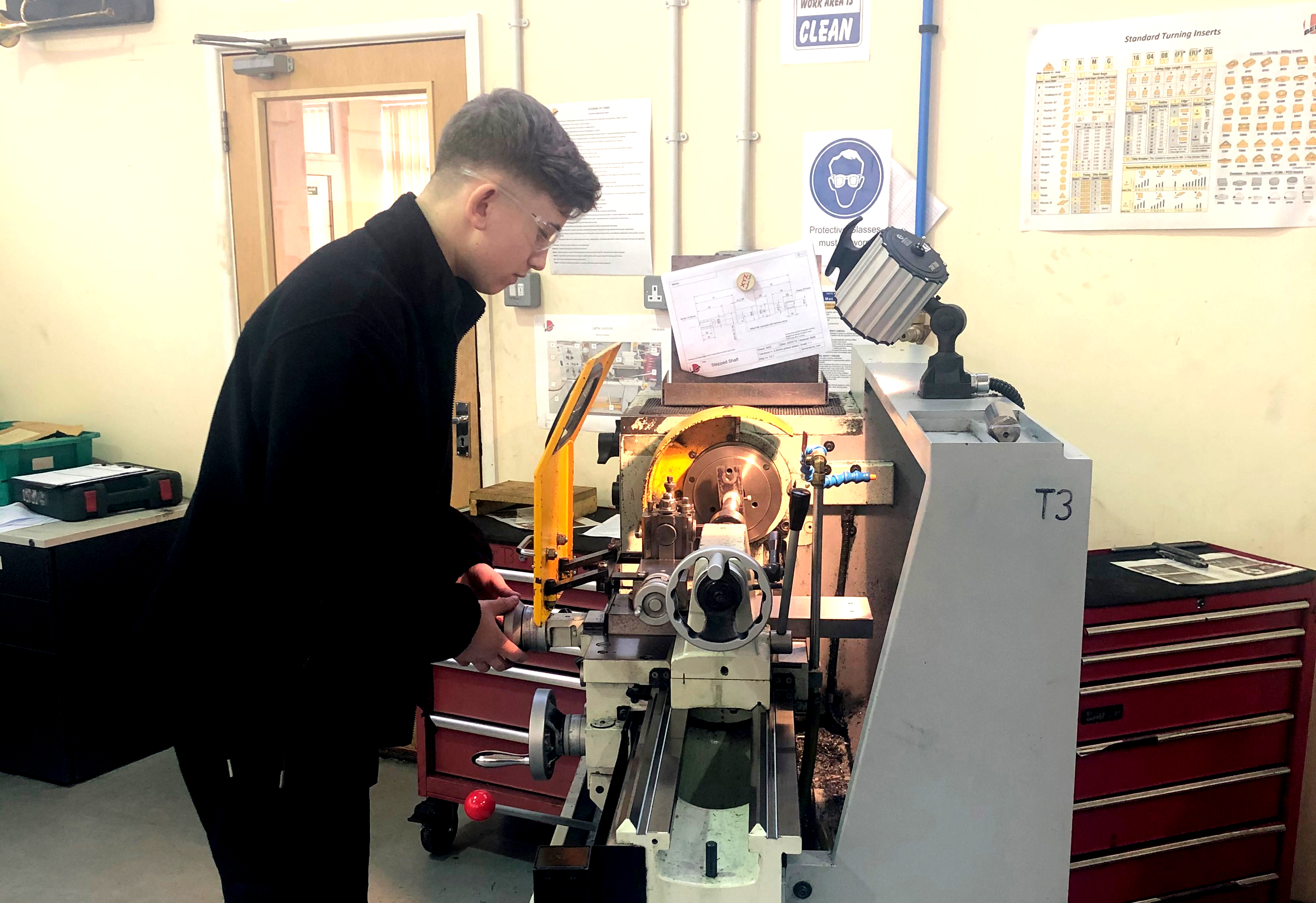
After leaving school, Harri Green started a full-time college course. But a few months later he changed to a Mechanical Engineering Apprenticeship at...
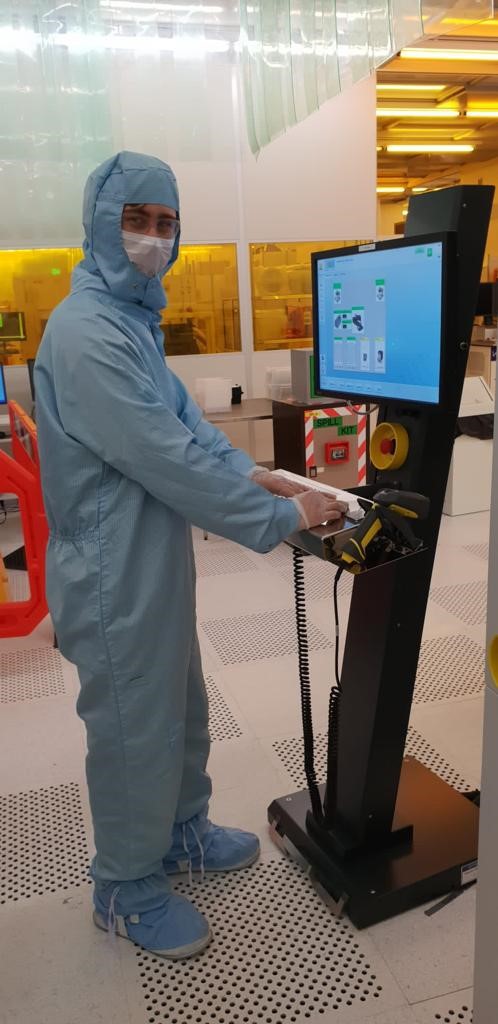
We have decided to roll out the IES apprenticeship scheme, recruiting for two new roles that offer an experienced-based route into engineering. The ...
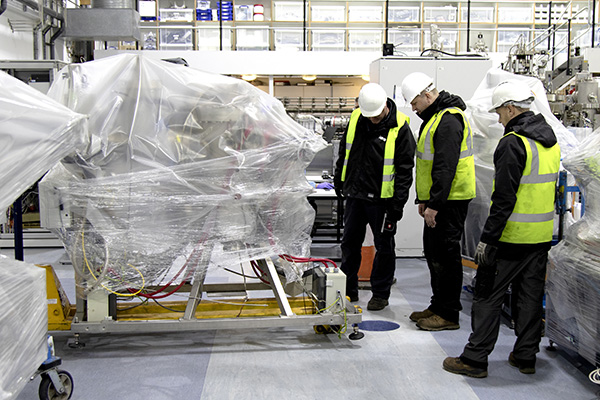
When you consider the wide range of services that IES offers its clients, you may think we have hundreds of employees, or that we use...